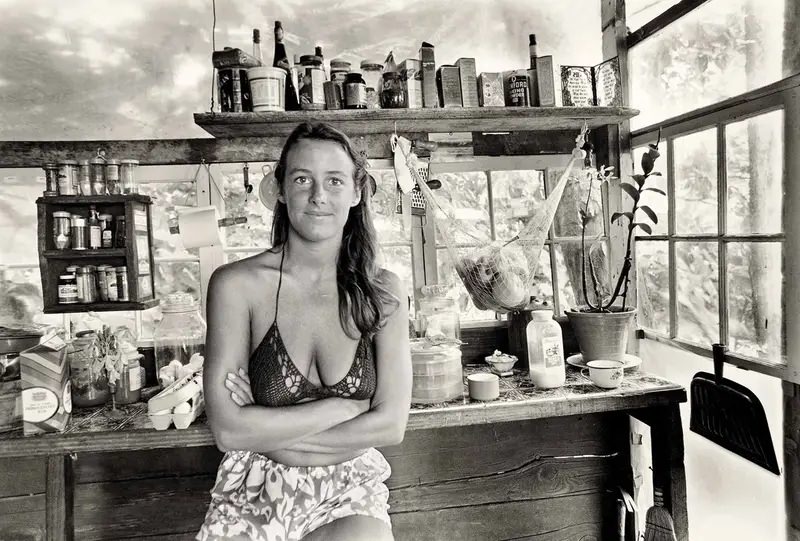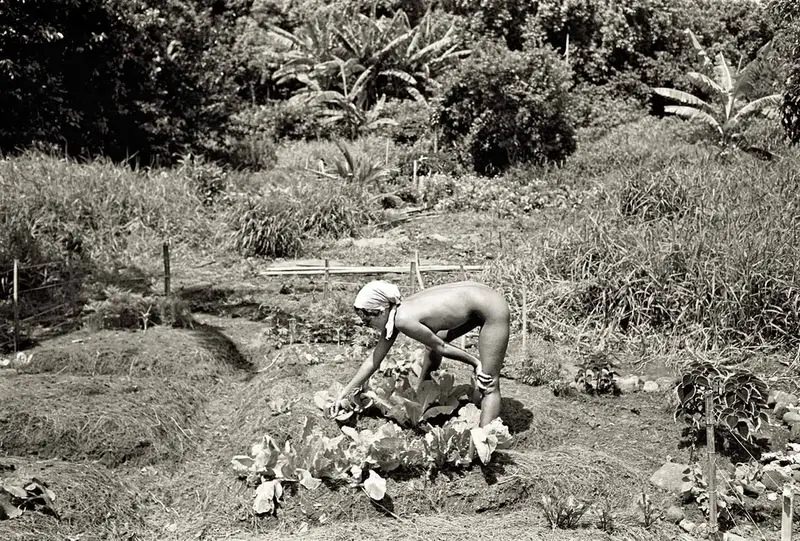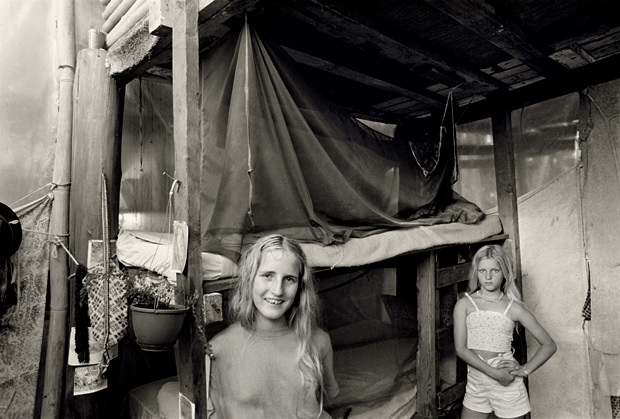During the ongoing campus riots in America and police brutality in the spring of 1969, Howard Taylor (brother of actress Elizabeth) bailed out thirteen hippies seeking refuge. The camp, formed on the idea of free-living, settled in a treehouse village on Kauai’s shore. This village was a utopia in paradise with clothing-optional, pot-friendly, rent-free, and no politics. In addition to fishing and farming, they relied on welfare programs and food stamps. At times, the community swelled to 150 residents. Some of the campers came from California, Florida, New York, Canada, and even Europe. Some of the attendees were Vietnam vets, outlaws, surfers, hippies, or children. The community built a church, which served as the camp’s spiritual center.
John Wehrheim, a former Taylor Camp resident, took these nostalgic photos. He captured such magical images of this village, which many views as having been their “happiest days”. Unfortunately, the community was destroyed in 1977, so a state park could be built. Most of the campers were ultimately persuaded to leave camp of their own volition, relocating to different parts of the island and country, even though the evictions were delayed over a few years. Those who remained were robbed and beaten by local mobs until they were carted out by the authorities and the camp was burned to the ground. There were only a few survivors, including a mother and her infant.







































